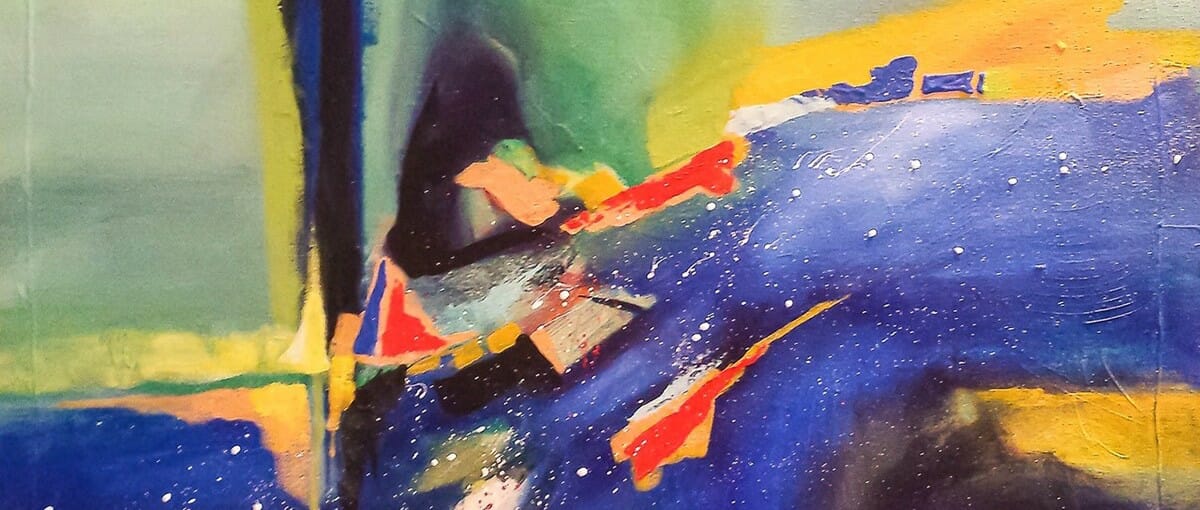By Celia Strong
I’m not sure how it’s happened again. Or how it happened so fast. But we are into the ending months of another year. Unprepared in every way imaginable. And, yet, we are stuck planning holiday meals and wines to go with them. For myself, my answer is start with the good stuff. It puts my head in a much better place. Even if I don’t get any further than having a good glass of something most days. At least I can pretend I’m in a holiday mood. The better my glass, the better my mood. Surprise!
Having said that, we are going to do some good stuff today. A Champagne. (Good enough start? Cuz if it isn’t, we can do better. But I am trying to save that for next month. So, let’s start with one this week and we can still have “better” to look forward to.) To begin, a quick review of a few important facts. Champagne is a sparkling wine that comes from a designated region in northern France. Included in the right to use “Champagne” as their appellation on their labels, these producers (houses more specifically in the region) have to follow certain production laws. They are allowed to use three grapes – Chardonnay, Pinot Noir and Pinot Meunier – and certain stages in the multi-year process have minimum times. This means they cannot speed things up. There are three levels of Champagnes. Non-vintage, also known as multi-vintage. Wines where grapes from more than one year are blended to make the final product. These are representative of the house style. The blending means, too, every time you buy a bottle of non-vintage from “house X,” it will taste like other bottles from the same house.
The second level is vintage dated Champagne, where all the grapes were grown and harvested in the year dated on the bottle. These wines reflect the house style and the vintage growing conditions. (Every year is not a good enough batch of grapes to use them without blending.) And cost more. The top level, or “prestige,” is even more special, made less often, and much pricier. We are doing a non-vintage. But an excellent one!
Our house is Louis Roederer. This company was inherited by Louis Roederer, 1843. His was the vision to own great land to grow great grapes and make great wines. In 1845, he acquired a bit more than 37 acres of Grand Cru vineyards in what is now the designated Champagne region. His goal was to get parcels of land with specific characteristics so that his wines would have certain flavors and textures. (In 2013, this company held 410 parcels covering almost 600 acres. All Grands and Premiers Crus. A really, really large holding for this region.) Each of the three varieties does better on certain types of soil with certain drainage and sun exposure. Hugely complicated growing. Over the years, this house has remained privately owned. And their founder’s insistence on top quality vineyards has resulted in top quality wines. Just so you know, their prestige wine is Cristal!
One of the great stories about Roederer Cristal is about how it was made especially for Czar Nicholas of Russia. Russian royalty always enjoyed Champagnes, before other countries ever did. One night the Czar was looking down his long dining table and saw all the different bottles of Champagne in front of various couples. (Just like today, different styles were favored by different members of his family, so they all had their brand to bring with them to the table.) All the bottles were wrapped in white towels and they all looked the same. Czar Nicholas decided his bottle had to stand out. Roederer made his bottle out of clear lead crystal. Because it was crystal, it was a stronger glass bottle and did not need a punt in the bottom to strengthen it. So the Czar’s new bottle was clear and became known as Cristal.
And, with that pedigree in mind, we can now approach our bottle of Roederer Brut Premier. Their non-vintage Champagne. It is made with 40% Pinot Noir, 40% Chardonnay and 20% Pinot Meunier. Some of the individual wines for this blend are aged in oak barrels. Some of the grapes used are purchased, but most come from vineyards owned by Roederer. Together, these grapes strike a perfect balance between youthfulness and maturity, seduction and character, freshness and vinosity. A lot of fancy words for one of the best non-vintage Champagnes ever. The only drawback is this kind of quality comes at a price. A higher price. Except for us this year. Usually more than fifty dollars, we have a great new deal. $39.97. Less than many other big name Champagnes. My holiday mood starts tonight! Enjoy.



